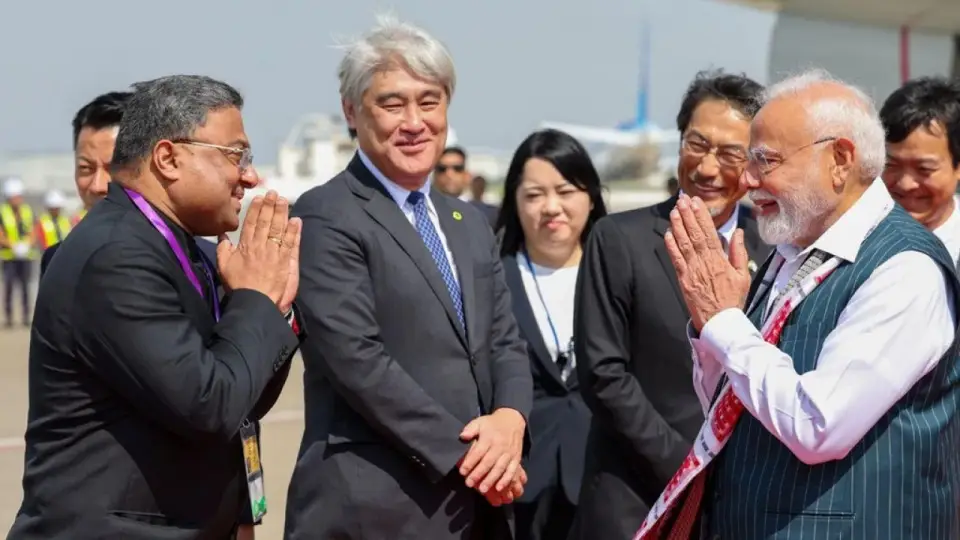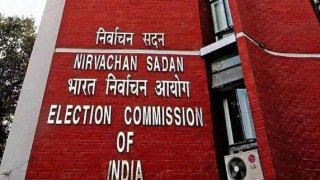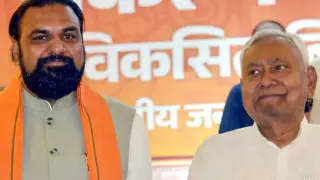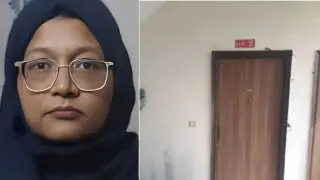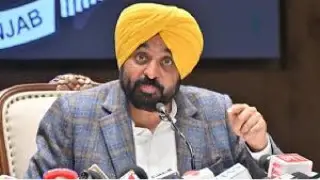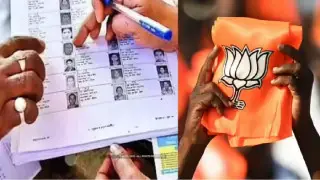National News: Prime Minister Narendra Modi landed in Tokyo early Friday morning, marking the beginning of his four-day diplomatic tour of Japan and China. His aircraft touched down at Haneda International Airport around 5:40 am (IST), where he received a warm reception from both the Indian community living in Japan and local dignitaries.
A Day Marked by High-Level Engagements
The Prime Minister’s very first day in Japan is tightly packed with engagements. He is scheduled to attend a business interaction in the morning (10:30 am to 10:50 am), designed to encourage greater Japanese investments in India and strengthen industrial partnerships. Soon after, from 11:30 am to 1:10 pm, Modi will hold conversations with leading figures from Japan’s political and business circles.
Adding a cultural element to the visit, at 1:15 pm, the chief priest of the historic Shorinzan Daruma-ji Temple will present him with a Daruma doll, a traditional Japanese symbol of perseverance and success. In the afternoon, between 2:30 pm and 5:15 pm, attention will turn to the 15th India–Japan Annual Summit, where Prime Minister Modi will hold comprehensive talks with his Japanese counterpart, Shigeru Ishiba, on a broad range of strategic matters.
A Tour with Larger Goals
This is not just a two-day Japan stopover; it is part of a broader four-day foreign policy mission that will also take the Prime Minister to Tianjin, China, for the Shanghai Cooperation Organisation (SCO) Summit. In Tokyo, however, the emphasis will be on boosting trade, attracting investments, and enhancing defense and technology partnerships.
The visit comes at a time of shifting geopolitical currents, with India–US ties strained due to American trade tariffs under President Donald Trump. Before leaving New Delhi, Prime Minister Modi underscored that he hoped the tour would advance India’s interests, open new avenues of cooperation, and promote peace and stability across Asia.
Possible Outcomes from Japan Talks
Analysts anticipate that Japan may unveil a major boost in its investment commitments to India, with the possibility of doubling its earlier assurances. Defense cooperation, semiconductor technology, artificial intelligence, and renewable energy are among the areas where both nations may sign fresh agreements.
Speaking before his departure, Modi noted that the special strategic and global partnership between India and Japan has made steady progress over the last decade. He stressed that the two countries are not only focused on trade and investment but also on emerging technologies and cultural linkages that can define future cooperation.
The China Chapter Ahead
After wrapping up his Japan visit on August 30, Modi will head to China for the SCO Summit scheduled for August 31 and September 1. On the sidelines of the event, he is expected to meet several key leaders, including Chinese President Xi Jinping and Russian President Vladimir Putin.
His meeting with President Xi will be closely watched, as both sides are expected to explore ways to ease tensions along the eastern Ladakh border and set the stage for restoring normalcy in India–China relations.

